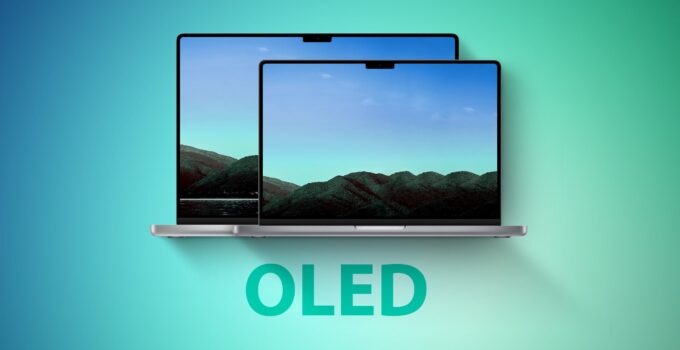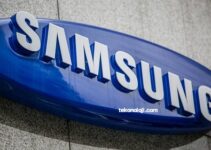Samsung to Power Apple’s MacBook OLED Revolution, Starting 2025. In a significant development poised to reshape the landscape of laptop displays, Samsung is reportedly gearing up to play a pivotal role in supplying OLED panels for Apple’s MacBook lineup, with the transition expected to begin in 2025. This collaboration between two tech giants marks a notable shift in Apple’s display technology strategy, moving away from the current mini-LED and LCD panels to the more advanced OLED for its MacBook Pro and MacBook Air models.
OMRON EVOLV: Revolutionizing Blood Pressure Monitoring with Smart Technology
The move to OLED signifies Apple’s commitment to enhancing the visual experience of its flagship laptops by leveraging the superior qualities of OLED technology. According to insights from The Elec, Samsung is in the process of setting up an eighth-generation OLED panel production line dedicated to this endeavor. However, consumers eager to see these new displays in action might have to wait until 2027, based on the projected timeline for incorporating these panels into the MacBook models.
This gradual transition is aligned with Apple’s broader strategy, as indicated by previous reports suggesting an ambitious plan to introduce OLED technology across nine new devices by 2027. This rollout is expected to commence with two iPad Pro models slated for release in March of the current year, underscoring the company’s phased approach to adopting OLED displays.

Looking ahead, the roadmap includes the introduction of a 16-inch MacBook Pro equipped with an OLED display in 2025, followed by updates to the 14-inch MacBook Pro, 13- and 15-inch MacBook Air, 10.9-inch iPad Air, and 8.7-inch iPad mini with OLED panels the subsequent year. Notably, The Elec’s report implies that the initial wave of OLED MacBooks in 2025 might not utilize panels from Samsung’s new production line, which are expected to feature in devices released in 2027, including a rumored 12.9-inch iPad Air model.
The advantages of OLED technology are well-documented, offering higher brightness, improved contrast ratio, greater color accuracy, and lower power consumption compared to LCD panels. Additionally, OLED displays are thinner and lighter, contributing to the sleek and portable design ethos of Apple’s MacBook and iPad offerings.
Apple’s foray into OLED is not entirely new, as the company has already incorporated this technology into all iPhone and Apple Watch models, excluding the iPhone SE. Furthermore, the Vision Pro showcases Apple’s investment in cutting-edge micro OLED displays produced by Sony, boasting pixel density that surpasses any other device on the market.
As Apple and Samsung solidify their partnership in the realm of OLED display technology, the anticipation for the next generation of MacBooks grows. This collaboration not only underscores the evolving dynamics within the tech industry but also promises to deliver a significant leap forward in display quality, setting new standards for clarity, color, and efficiency in Apple’s laptop range.



